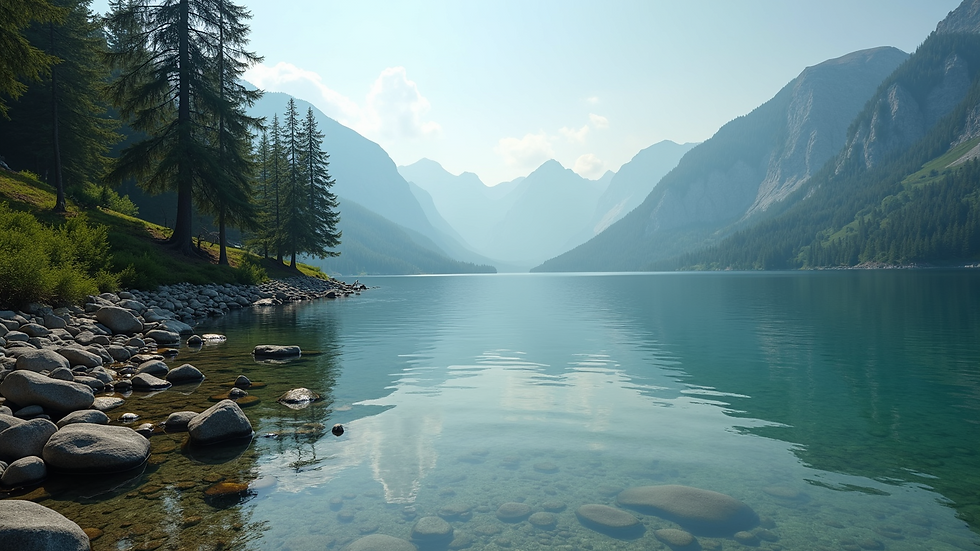Capturing Wedding Memories in Banff
- Jason Lehoux
- Sep 29
- 3 min read
Banff offers a stunning backdrop for weddings. The natural beauty of the Canadian Rockies creates a unique setting. Capturing wedding memories here requires careful planning and skill. I share practical advice to help you get the best results.
Planning Your Wedding Photography in Banff
Preparation is key to capturing great wedding photos in Banff. Start by scouting locations early. Popular spots like Lake Louise, Moraine Lake, and Bow Falls offer breathtaking views. Visit these places at different times of day to see how the light changes.
Consider the season. Winter brings snow and icy landscapes, while summer offers lush greenery and wildflowers. Each season creates a different mood. Plan your outfits and props accordingly.
Work with a local photographer who knows the area well. They can suggest hidden gems and manage logistics. For example, wedding photography banff professionals understand the best times for light and crowd control.

Lake Louise offers a serene and iconic backdrop for wedding photos.
Wedding Photography Insights: Lighting and Weather
Lighting affects every photo. In Banff, natural light varies quickly due to the mountains. Early morning and late afternoon provide soft, warm light. Midday sun can be harsh and create strong shadows.
Cloudy days are actually good for portraits. The clouds act as a natural diffuser, softening the light. Be ready to adapt your shooting plan based on weather forecasts.
Bring extra gear. Reflectors help bounce light onto faces. Lens hoods reduce glare. Waterproof covers protect your camera from sudden rain or snow.
Use the environment to your advantage. Snow reflects light and brightens faces. Forests create natural frames. Water bodies add reflections and depth.

Using natural light and reflections enhances wedding photos in Banff.
Choosing the Right Locations for Your Wedding Photos
Banff has many iconic and lesser-known spots. Choose locations that match your wedding style and logistics.
Iconic spots: Lake Louise, Moraine Lake, Banff townsite, Bow Falls.
Secluded areas: Vermilion Lakes, Johnson Lake, Sunshine Meadows.
Indoor options: Banff Springs Hotel, local chapels, cozy lodges.
Consider travel time between locations. Some require hiking or permits. Plan for transportation and timing to avoid rushing.
Mix wide landscape shots with intimate close-ups. Use natural elements like rocks, trees, and water to frame your subjects.

Secluded trails offer privacy and natural beauty for wedding photos.
Tips for Posing and Capturing Natural Moments
Posing should feel natural and relaxed. Avoid stiff or overly formal poses. Encourage movement and interaction between the couple.
Use prompts like walking hand-in-hand, whispering, or looking at the scenery. Capture candid moments like laughter, glances, and quiet embraces.
Pay attention to details. Close-ups of hands, rings, bouquets, and textures add depth to the story.
Communicate clearly with your photographer. Share your vision and preferences. Trust their expertise to guide you through the shoot.
Final Thoughts on Capturing Your Banff Wedding
Capturing wedding memories in Banff requires preparation, flexibility, and creativity. The stunning landscapes provide endless opportunities. Use natural light and locations wisely. Choose a photographer familiar with the area to ensure smooth execution.
By focusing on genuine moments and thoughtful composition, you create images that last a lifetime. These photos will tell your story against one of Canada’s most beautiful backdrops.
Investing in professional photography elevates your wedding experience. It preserves memories with clarity and emotion. For those seeking expert guidance, consider wedding photography banff services to capture your day perfectly.


Comments